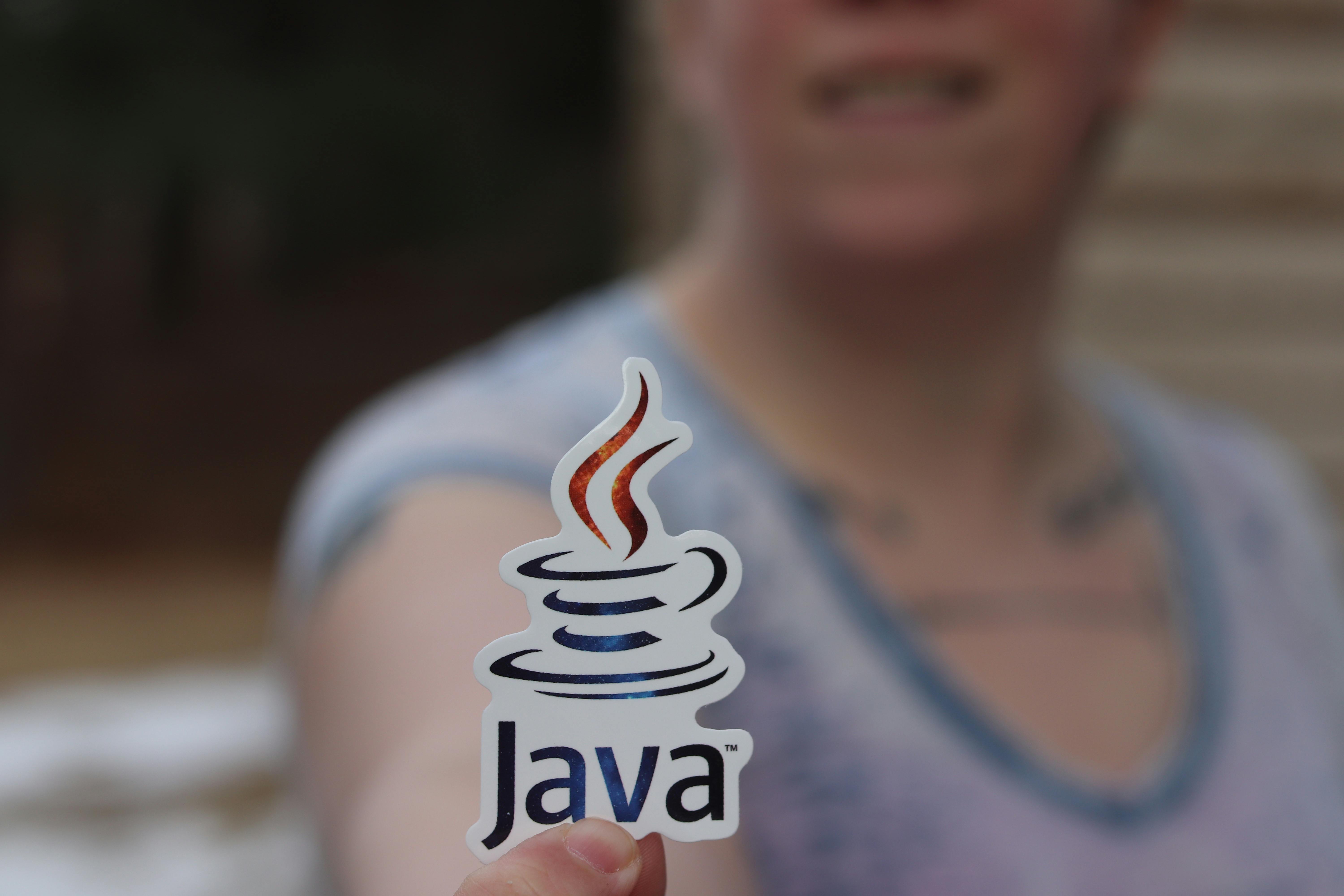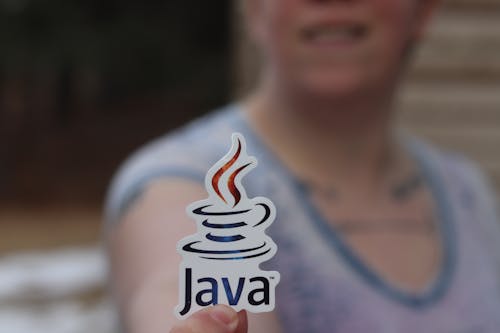
When the application server uses a Java program to supply their content, the java object cache provides caching for expensive or frequently used java objects.Support objects can be provided within the program to assist in creating new content.
What is cache used for?
What is a cache in coding?
What is meant by data cache?
What happens when you clear app data?
Data is deleted from the app’s cache.The next time you use an app, it can open slower.All app data is permanently deleted.If you want to get rid of the app first, try to do it inside.
What is Iphone cache?
It’s content from a website that is stored on your phone during a browser session to help the browser perform faster the next time you visit that page.Since cache data takes up storage space in your device, it’s a good idea to clear it out regularly.
What is cache in Chrome?
Saving browsing data makes your online experience easier.When you visit a page, the cache remembers parts of it to help it open faster.
What is register in computer?
A computer register is a high-speed memory storing unit.It’s part of the computer processor.It can hold any type of information.32 bits is the length of a register for a computer.
What is cache on iPad?
The space is called a cache.If you need it again, the cache will speed up your iPad by giving it fast access to certain data.If you notice that your iPad has been slow recently, you may want to clear the cache.
How does Web Cache work?
According to certain rules, web caching works.Subsequent requests for cached content can be fulfilled from a cache closer to the user instead of being sent back to the server.
How do I create a custom cache in Java?
We can use a map and dictionary data structure to create a cache, and we can get the expected result of O(1) for both get and put operations.We can’t keep everything in our cache.There are limits on storage and performance.
What is hidden cache Android?
Because it doesn’t make sense to download this data repeatedly, developers program their apps to store it locally inside a special storage area called hidden cache.It’s easy to overlook a hidden cache when performing regular maintenance because it’s hidden from view.
What are unnecessary files on my phone?
What are the junk files on the phone?cache files arise from both external and internal applications, temporary files, call logs, residual files, outdated folders and the list goes on and on.
How can I clean up my iPad?
Use a lint-free cloth.It’s a good idea to avoid getting moist in openings.Don’t use window cleaners, household cleaners, compressed air, aerosol sprays, solvents, ammonia, abrasives, or cleaners containing hydrogen peroxide to clean iPad.
Should I delete cookies?
Small cookies occupy space on your computer.The speed of your computer and other devices could be slowed down if there is enough of them stored over a long period of time.Flagged cookies.If your software flags suspicious cookies, you should uninstall them.
What is in cache memory?
The component that makes retrieving data from the computer’s memory more efficient is called cache memory.The computer’s processor can easily retrieve data from the temporary storage area.
What are the different types of language registers?
The five main types of language register are frozen, formal, consultative, casual, and intimate.

